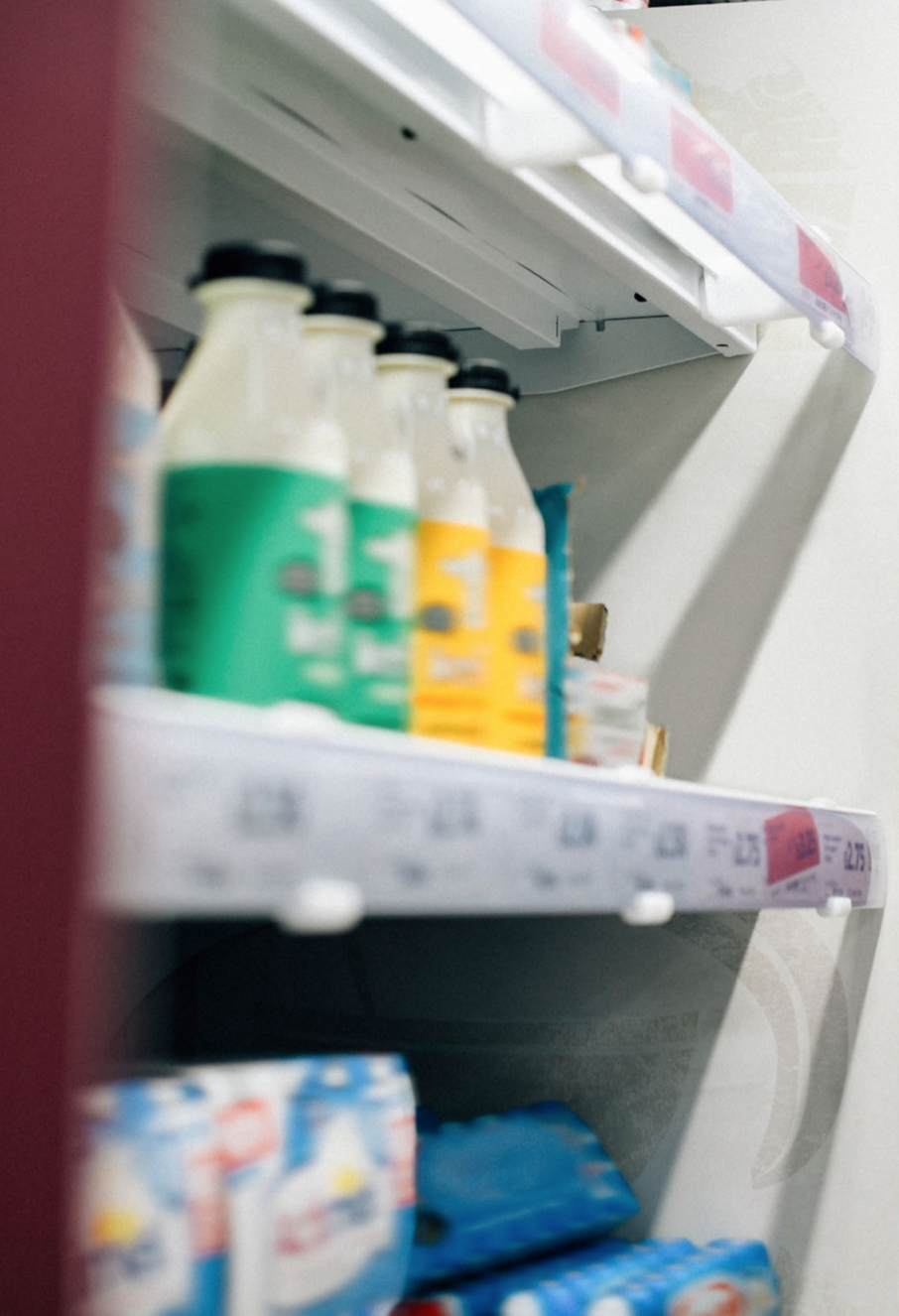SMP: The upward price movement trend of SMP which began in Q4, 2018 and continued through the first 2 quarters of the year kept following the same route in Q3, 2019. Starting from under 1,600 Euro/ MT FOB in Oct 2018, SMP from Europe closed at around 2,610 Euro/ MT FOB for December. This is an app. 20% increase since September, when the prices were trending at app. 2,180 Euro/ MT FOB levels from Europe. Compared to same time last year (Dec.2018), this is an approximately 50% price increase. Last year currently, the prices were 1,730 Euro/ MT FOB levels.
SMP prices from Oceania as well have followed the upward trend moving to 2,780 Euro/ MT FOB in December, as compared to 2,395 Euro/ MT FOB in September. This is app. 16% increase in a quarter. Last December 2018, the average price for SMP from Oceania was trending close to 1,750 Euro/MT.
SMP prices from USA have also followed the trend as EU and Oceania. The prices moved from 2,100 Euro/ MT FOB in September 2019 to 2,465 in December 2019; an 17% increase in 3 months.
Overall, compared to last year average prices, SMP from EU, Oceania and USA has shifted 38.4 – 42%. Some of the reasons for the sharp increase in price is mentioned later in the newsletter.
WMP: WMP prices from EU showed a comparatively (to SMP price increase) more stability in prices. The EU WMP prices moved up by app. 5% in Q4, 2019 moving from app. 2950 Euro/ MT FOB in September 2019 to 3,095 Euro/ MT FOB in December this year.
WMP prices from Oceania have been increasing since June and have moved to approximately 3040 Euro/ MT FOB in December compared to 2717 Euro/ MT in June. In Q4 so far, the prices have moved up by 6%, moving to 3,040 Euro/ MT FOB in December from 2,860 Euro/ MT in September.

